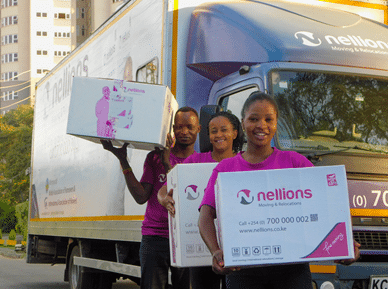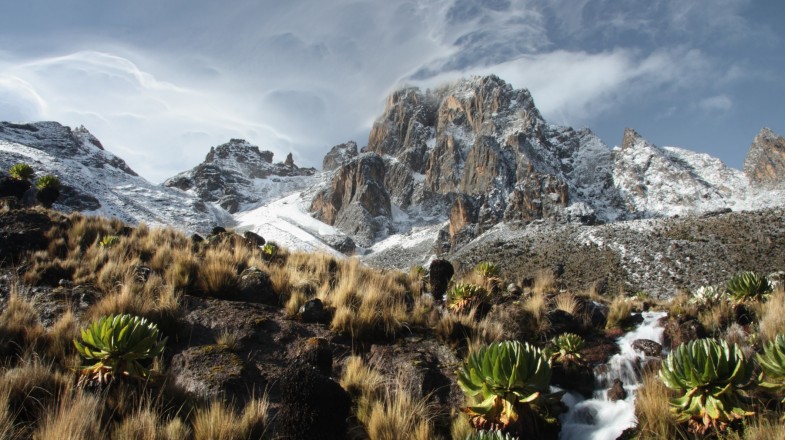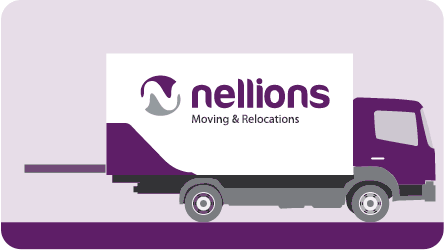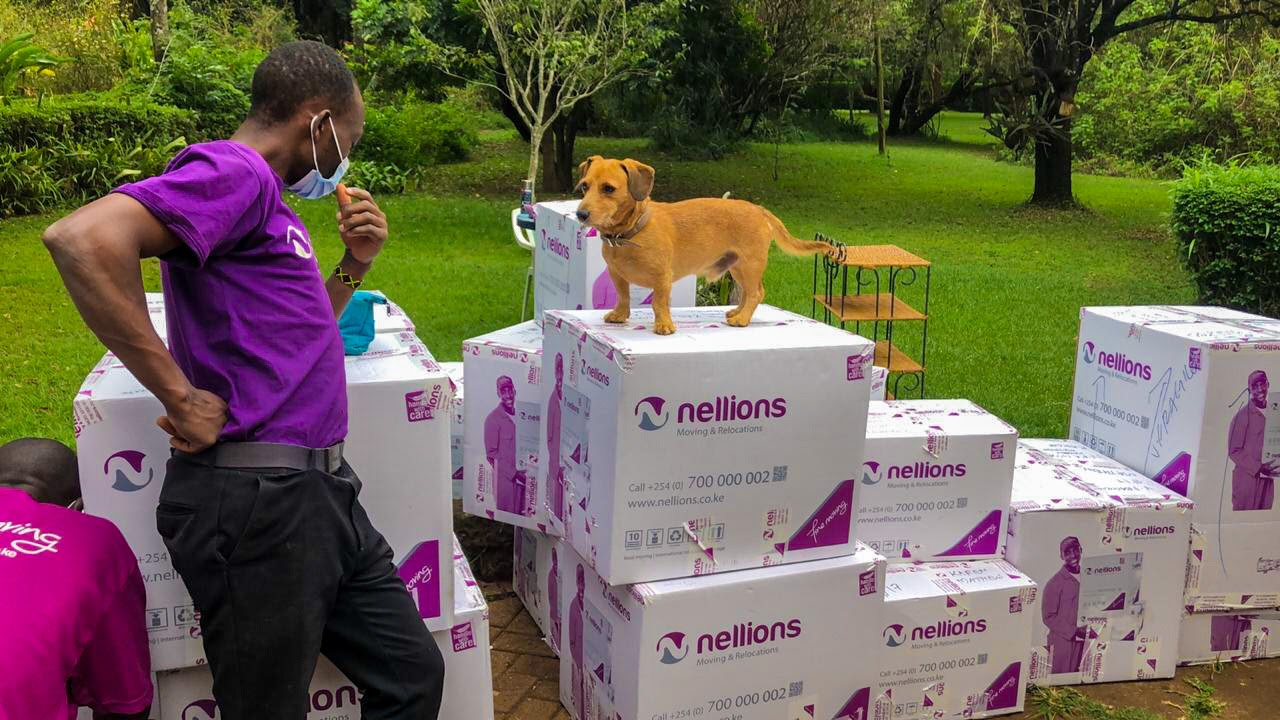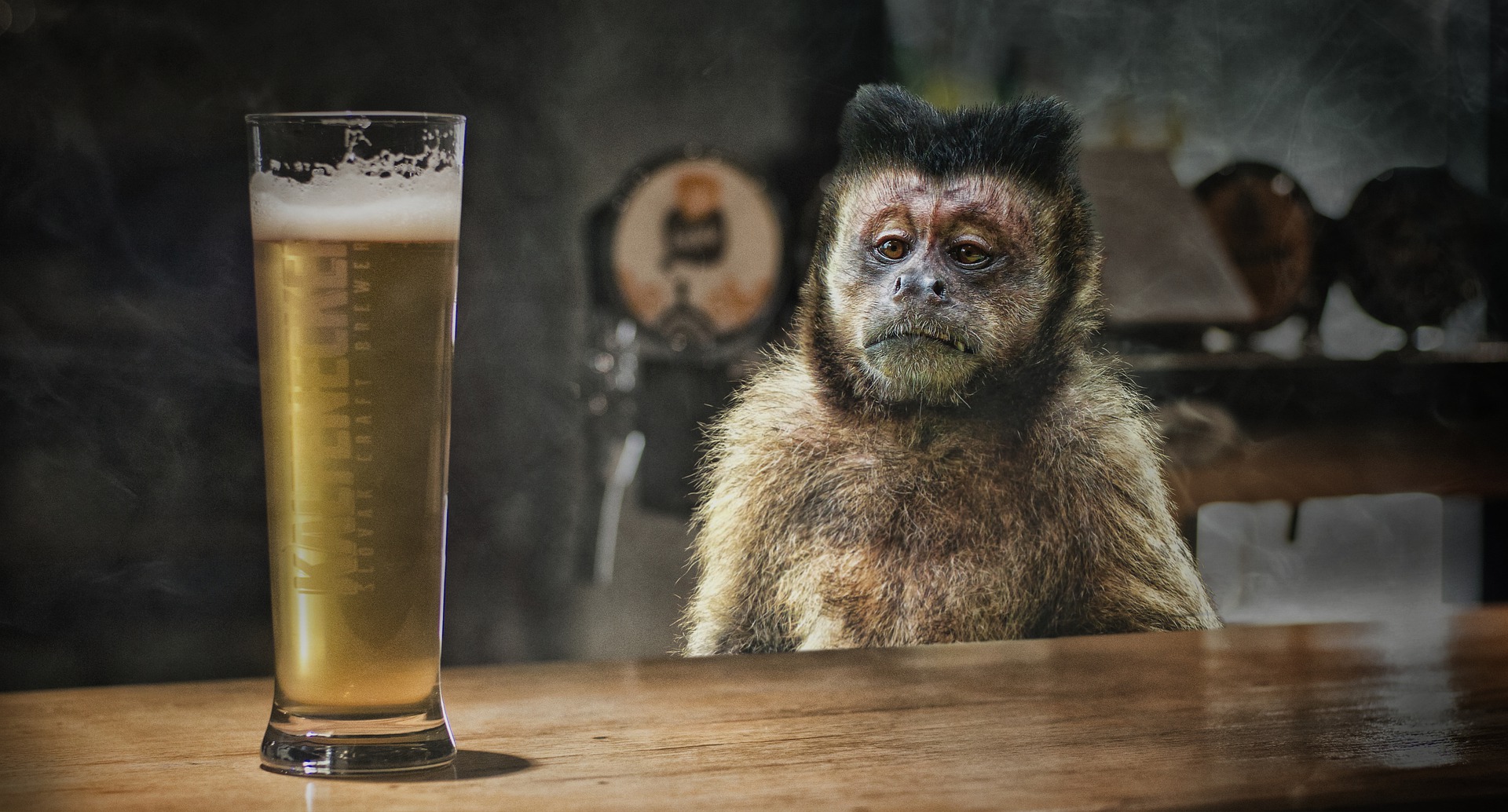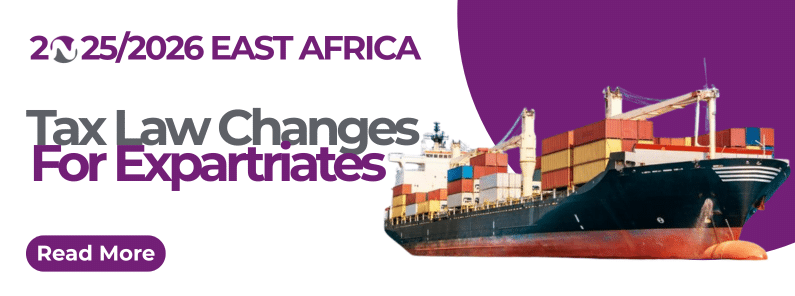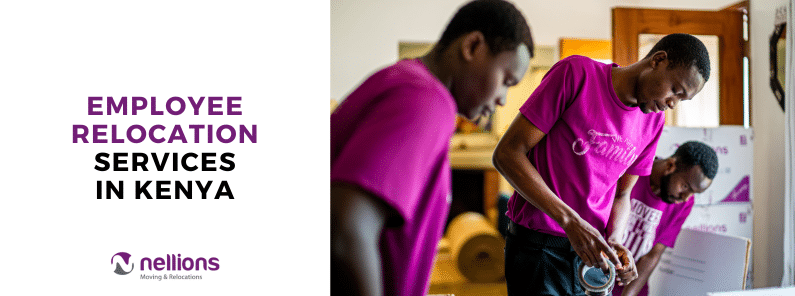Exploring Kenya’s diverse landscapes and vibrant cities is an adventure in itself. From the bustling streets of Nairobi to the serene beaches of the Indian Ocean, each journey promises unique experiences. For those planning a more permanent move within this beautiful country, understanding the nuances of local travel becomes even more crucial.
Getting around the country should be relatively easy once you know your options, whether you want to take a taxi, fly to your destination, or – if you’re bold enough – board a matatu. If you want to be catered to throughout your trip, you can travel on a shared or exclusive road safari with a custom-made or off-the-shelf itinerary; alternatively, domestic airlines provide air safari services and can charter small planes for private use. If you want more independence, you can rent a vehicle with a driver and self-drive.
When you are on a budget, you may use public transport – though in the real sense, they are privately operated. Different towns in Kenya have bus stops for travellers to board, from large air-conditioned buses to small Nissan minibuses or matatus operated by companies and SACCOs or cooperatives. The government of Kenya is actively working on extending the railway network in Kenya and the service will include more routes and offerings for passengers.
If you want to zip through urban traffic, get through to relatively remote areas, or want an authentic experience of travelling in Kenya like a local, you may want to try the bodaboda experience.
Whether you’re a tourist soaking in the sights or making a significant move, this guide offers essential tips to navigate Kenya’s roads and skies with ease.
Read on to find out more tips on local travel in Kenya.
1. Travel Slowly and Use the Train for Long Trips
If you are travelling from Nairobi to Mombasa or vice versa, and have time, take the train. The Madaraka Express passenger train takes about three trips a day, each with a journey duration of about five to six hours. The Standard Gauge Railway (SGR) experience is different from the old railway experience. Trains run faster on the SGR and are a popular experience with local travelers and individuals transporting cargo.
The former sleeper train, widely known as the ‘Lunatic Express,’ got its name from the wild animal attacks, harsh conditions, and tropical diseases the builders had to endure during the construction of the railway.
You can also take a train from Nairobi to Nanyuki and vice versa, travelling via Thika. The route offers scenic sightings of the gateway town to Mt. Kenya National Park. Every Friday at 6.30 pm, the Kisumu Safari Train takes off from Nairobi to the town on the shores of Lake Victoria and returns on Sunday at 6.30 pm.
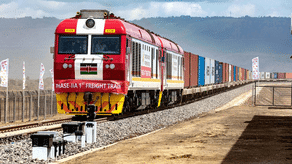
Shared taxis or ‘Peugeots’ are suitable alternatives to matatus, which are sometimes congested to the point of discomfort. With seven to nine passengers, shared taxis are rarely overcrowded and can go on express trips between different destinations. They are common in remote and rural parts of West and North Kenya where they operate on fixed routes.
Alternatively, you can hire a traditional taxi at a taxi rank near a bus station, tourist resort, or key area of any major city or town. Most taxis in Kenya are not metered and it is advisable to agree on the fare before the trip – you may ask your guide or accommodation. Taxis can cover long distances within cities; for example, from Mombasa, you can easily get to Diani Beach, Kilifi, and Malindi.
Shared rides within such distances are good value for money, plus you get to pick departure time and can stop whenever necessary. If you have an international move and are not familiar with the city, it is recommended to take a taxi back to your hotel or home instead of walking.
3. Connect to Different Towns on a Bus Journey
Kenya has an extensive bus network connecting smaller and larger towns, from Western Kenya to the Capital and Coastal towns. These services are less frequent as you head towards Northern Kenya.
Bus services in the country are mostly operated by private companies such as Dreamline, Easy Coach, and Guardian Coach. Depending on the route you are after, you may choose from the different companies. There are long-haul buses are comfortable, affordable, relatively fast, and safe. Newer models typically have recliner seats and free Wi-Fi.
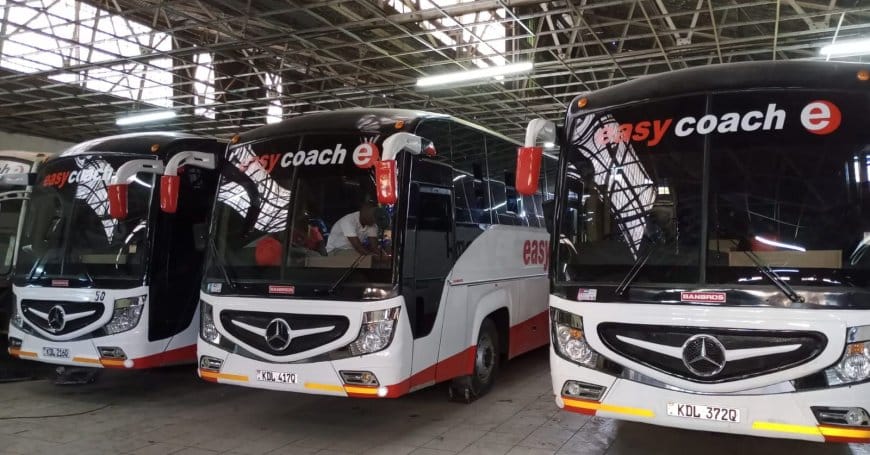
4. Board a Matatu for Short Urban Travels
Matatus are the most commonly used means of public transport for locals in Kenya, especially in Nairobi, even as the government plans to phase them out for more regulated modes. While the vehicles sometimes pack passengers to the point of discomfort, they are fun ways for short-distance travels to city centers, suburbs, and downtown areas of Nairobi. Fares are fixed and affordable and are collected by a tout or given to the driver.
Matatus are colorfully spray-painted with portraits and slogans from famous people and most typically have music or videos playing. Safety and quality of driving are variable and it is recommended to use the seatbelt at all times. Always lock your luggage and keep your personal property close at all times.
Certain routes in Nairobi and other cities now have electric buses plying the route charging just about the same fare as the normal diesel ones. More companies are joining the niche and the buses can ferry about 25 to 90 passengers. Besides being a sustainabke means of mass transport, the buses look posh and are more organized comapred to the coinventuonal matatus and buses.
5. Hire a Removal Service for Machinery and Delicate Fine Art
If you prefer traveling with your work equipment or machinery, it is advisable to contract the services of a moving company for safe transport and handling. Likewise, moving fine art requires diligent planning ahead of time and precise execution because they are fragile and expensive. Professional movers use high-quality packing resources and equipment and also offer destination services for travelers.
6. Hire a Car for Long Road Trips or Weekend Getaways
If you want the ultimate freedom to make stops, explore, and be spontaneous on road trips or weekend getaways, hiring a car to drive may be a suitable choice. If you are self-driving, preparation is key to facing Kenya’s roads. You must at least have a local or international driving license and fulfill other minimum requirements by car hire companies.
It helps to know the type of vehicle and the basic mechanic fixes such as changing a tire because breakdown assistance may not be available away from the main road. Main roads out of Nairobi are typically paved and driving during the day is advisable as a safety precaution against bad lighting and road conditions and carjacking-prone areas. Likewise, if you are in unfamiliar territory, day time driving is recommendable.
Verify the most recent advice on regions to avoid from your government, local guides, or contacts at your lodging. When parking overnight, exercise extreme caution. Never leave anything expensive inside your car, and look for safe, supervised parking.
7. Use Ride-Hailing Apps to Get from Point A to B
Ride-hailing apps such as Bolt and Uber have had considerable success in Kenya, especially in urban centers such as Nairobi. Setting up an account is simple, and if possible, consider adding a payment option with no extra charges for overseas transactions. Finding a ride is easy, plus you may share the details of your journey information with friends and family as a safety consideration. Some like Uber also provide additional assistance for passengers with disabilities by highlighting drivers with wheelchair support.
8. Zip through Traffic with a Motorcycle Taxi (Boda-Boda) or Tuktuk
Most towns and cities in Kenya have motorcycle taxis that are convenient for weaving in and out of congested traffic. While they are cheap, they do not have a reputable safety record and it is always advisable to always wear a helmet during the bodaboda rides.
Bodabodas are suitable for day trips because of Kenyan road conditions and personal passenger safety. While most riders are responsible, it is best to stay alert if you are not a regular user of the means.
Tuktuks are open-sided three-wheeled vehicles for getting around mostly in Nairobi, Nakuru, and parts of Kenya’s Indian Ocean coast, including Malindi and Diani Beach. You can negotiate the fare to your destination with the driver if there is no meter.
9. Explore the Coastline using Dhows
Sailing along the Kenyan Indian Ocean is more of an experience rather than a mode of transport. The slow and serene sails are a way to appreciate coastal life, culture, and the offshore islands. Dhow trips are common in the resorts and beach towns of Watamu, Mombasa, Diani Beach, and from Lamu and Shela in the Lamu archipelago. You may hire a dhow for a full day for different visits or a couple of hours at sunset.
10. Fly to your Destination to Save Time
While flying may be unsustainable for local travellers in Kenya, you can find several reliable domestic airlines providing handy links between Mombasa, Nairobi, and coastal towns such as the Lamu archipelago and Malindi, and close to national game parks. These destinations have about over 10 airlines, including Kenya Airways, connecting, and some fly to up to 2 to 4 parks from Nairobi, including the Maasai Mara.
Domestic air travel is relatively affordable and is sometimes recommended as a safety guidance directive, especially for travellers to the Lamu archipelago. While taking the train, bus, or driving are more convenient alternatives for specific trips, only a chartered plane can reach the more remote lodges during safaris.
Professional Moving Services: Simplifying your Transition
When it comes to relocating within Kenya, whether it’s moving your home or office, the process can be overwhelming. Navigating the logistics of packing, transporting, and unpacking your belongings requires careful planning and execution.
This is where professional moving services like Nellions come into play. Our expertise in handling local moves ensures that your transition is smooth, efficient, and stress-free. We offer tailored solutions to meet your specific moving needs, from secure packing and transportation to expert handling of delicate items and machinery. With Nellions, you can focus on enjoying your new adventure in Kenya while we take care of the rest.
Give us a call at +254700000002 or contact us at move@nellions.co.ke and let us help you with your move.
Conclusion
As you embrace the beauty and diversity of Kenya through local travel, remember that if your journey leads to a new home or business location, Nellions is here to support your move. Our professional moving services are designed to make your transition seamless and worry-free. Contact us for a personalized moving plan that suits your unique needs in this vibrant and dynamic country.



